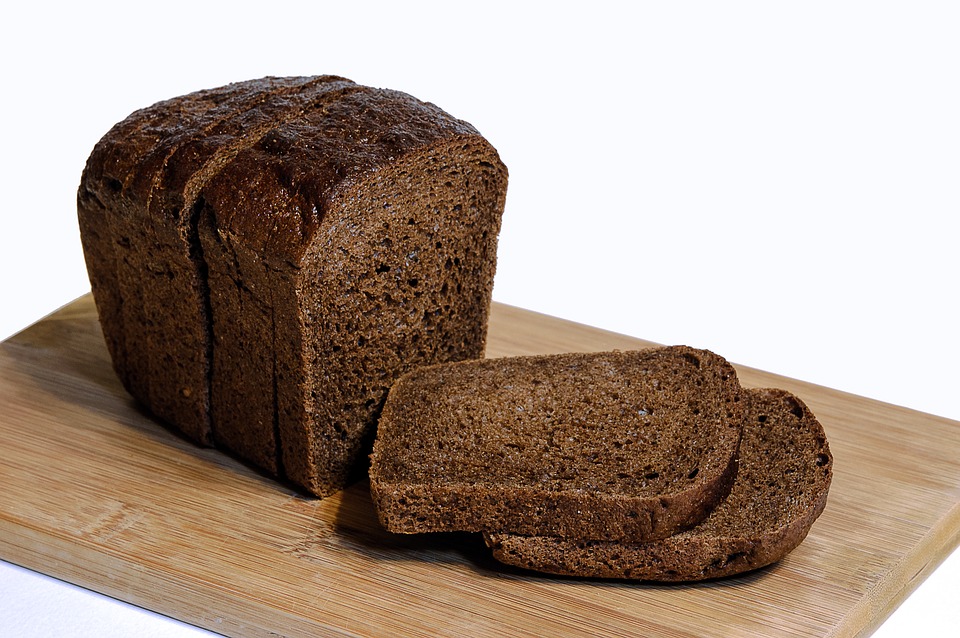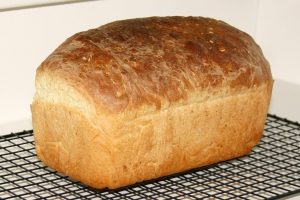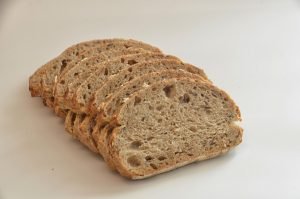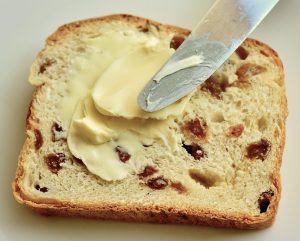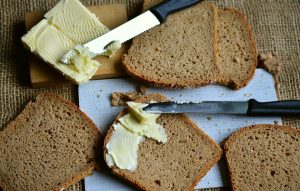Active Dry Yeast vs Bread Machine Yeast – What’s the difference?
Are you looking at using your awesome new bread machine to bake some delicious bread? Then you need to know about yeast!
Our main focus in this article will be the difference between bread machine yeast and active dry yeast. It’s important for you to know how the different types of yeast work during the baking process.
We’ll also give you details about the different conversions of yeast so that you have a general idea in case you need a substitute for a particular type of yeast.
All about that Yeast
What exactly is Yeast?
Yeast is a biological organism in the fungus kingdom which assists in the conversion of sugar to carbon dioxide and alcohol. The alcohol usually evaporates during the kneading process while the carbon dioxide is what causes the dough to rise when baking.
You must be careful when exposing yeast to air and also to extreme heat. Temperatures of 130-140 degrees Fahrenheit kill yeast cells and then they can’t convert sugars to carbon dioxide. Also, if you expose them to air, they become activated and die from lack of sugar.
Once you expose them to air, you need to immediately refrigerate them, as refrigeration slows the activity and the life cycle of yeast cells.
So, what’s the difference between bread machine yeast and active dry yeast?
What are the Types of Yeast?
Most of you have heard about the different types of yeasts being advertised, and you might be wondering how the difference comes about. We will explain in detail the main difference between bread machine yeast and active dry yeast.
What’s Bread Machine Yeast?
Bread machine yeast has smaller granules than other types of yeast on the market. This type of yeast is designed to be used with bread machines since it rises faster than other types of yeast. Most people argue that this yeast bears the same similarities as instant yeast.
True, bread machine yeast is instant yeast that is specially formulated. One characteristic feature of bread machine yeast is that it has fewer flavors when compared to active dry yeast. It doesn’t influence the flavor of your bread because it had little time to develop fully in the dough. They result in bread with inferior tastes.
Bread machine yeast is good for those who like adding other flavors to their bread like banana, vanilla, and chocolate since it won’t influence the flavor of the bread.
What’s Active Dry Yeast?
Active dry yeast is mostly used in traditional baking and it can also be used when baking with a bread machine. It only becomes active when it comes into contact with water. It is usually dormant. That’s why most recipe instructions advise you to separate any liquid from the yeast, lest it activates prematurely.
In most cases, you have to dig a well in the flour to pour the yeast. You can freeze active dry yeast for decades because active dry yeast is live yeast specially enclosed in dead cells of yeast.
This occurrence allows you to store these yeast cells at room temperature without damaging them. Before using active dry yeast in baking, you must proof or rehydrate them.
Most bakers usually give the dough two rises before baking it. Also, when you are substituting active dry yeast for bread machine yeast, you will use 25% more.
What’s Really The Difference?
The main difference between the bread machine and active dry yeast comes about when mixing yeast with other ingredients. Since bread machine yeast comes with fine granules, it doesn’t need to be proofed or rehydrated to activate it.
That’s why in most recipes, you add the yeast alongside other ingredients, making it popular among large-scale bakers. When using bread machine yeast, you have to give the dough two rises before baking.
Active dry yeast, on the other hand, requires proofing or mixing the yeast with water to activate them. Since the live yeast is enclosed by dead cells, you must dissolve the yeast in a glass of warm water. If the water is too hot, it may damage the yeast cells instantly.
You only need one rise of the dough when using active dry yeast. It only takes one hour for the dough to double in size as the second rise usually takes place when you are shaping the dough.
The longer you allow the dough to rise, the richer the flavor since it allows the yeast cells to develop fully.
How to Store Yeast
Always store yeast in a dry place or a refrigerator. Any exposure to draft, humidity, oxygen, and heat will either damage the yeast cells or decrease their shelf life.
Opened yeast packages should be used within 4 months and stored in airtight containers and properly refrigerated.
Active dry yeast can be stored for years under refrigeration.
What if Yeast is expired?
When yeast cells age, they lose their potency. It results in longer rising times. You must store your yeast well and always proof your yeast to fully activate them. It is advisable to use the yeast within the expiration period.
How to Test Yeast for Activity!
If you are not sure whether your yeast is active or not, there is a simple way to test it. Get some warm water in a cup, usually 100 degrees Fahrenheit. Add 2 ¼ teaspoons of yeast and let the mixture stand for about 10 minutes. If the yeast rises to nearly half the cup, the yeast is still active and you may use it for baking. This process is known as proofing.
Alternatively, you may dissolve sugar in a mixture of warm water and yeast. If bubbling occurs, then the yeast cells are active. The bubbling signifies the breakdown of sugar into carbon dioxide and alcohol.
Conversions of Yeast
In most cases, you use one teaspoon of bread machine yeast with one cup of flour. If the recipe mentions one packet of yeast, it means 2 ¼ teaspoons or ¼ of an ounce. I cube of yeast is equal to 2 teaspoons of yeast.
Wrapping up
When substituting active dry yeast for bread machine yeast, always use 25% more for the best results in the baking process. Now that you know the difference between bread machine yeast and active dry yeast, you can choose the best for your baking.
We advise you to use the active dry yeast since it comes with a long shelf life, and the bread has more flavors than when using bread machine yeast.

